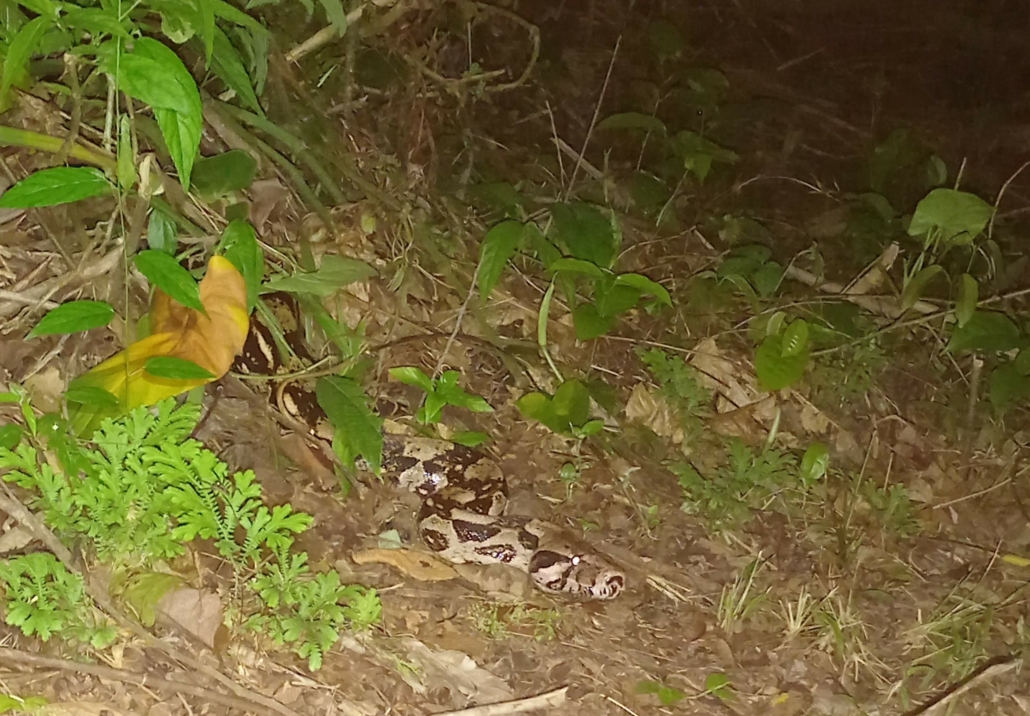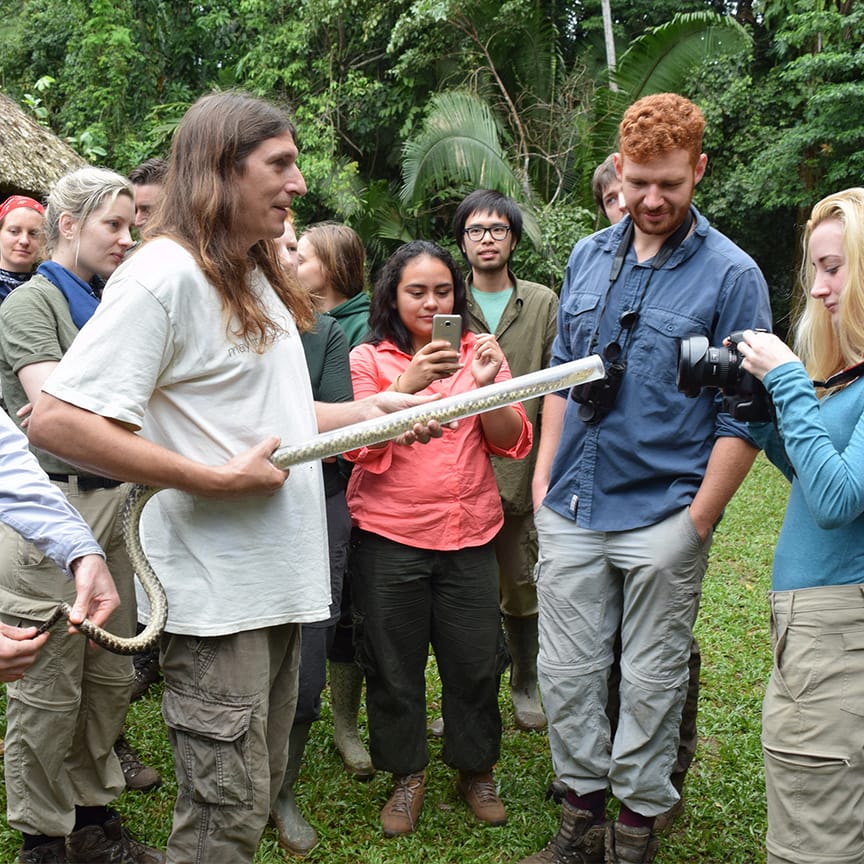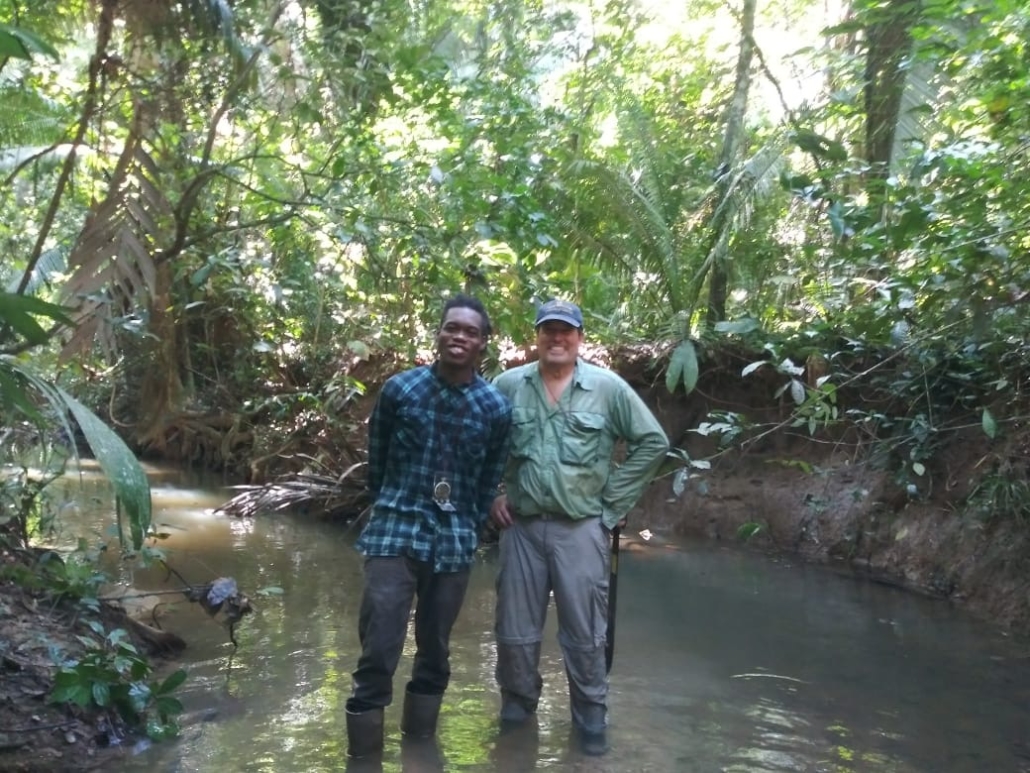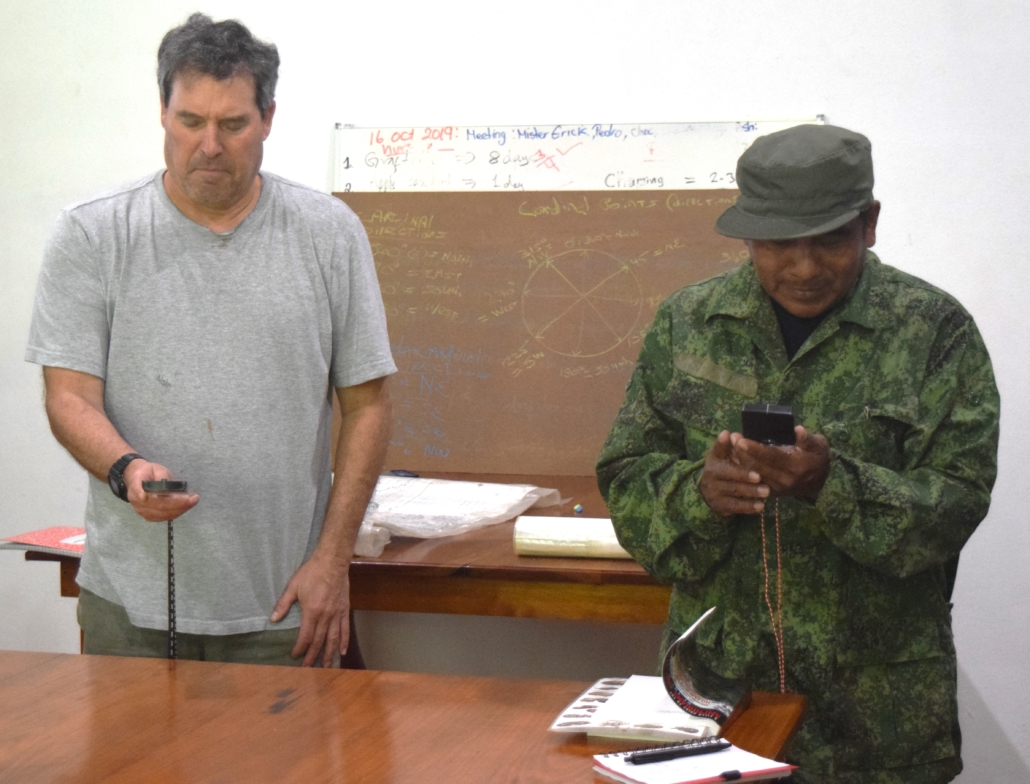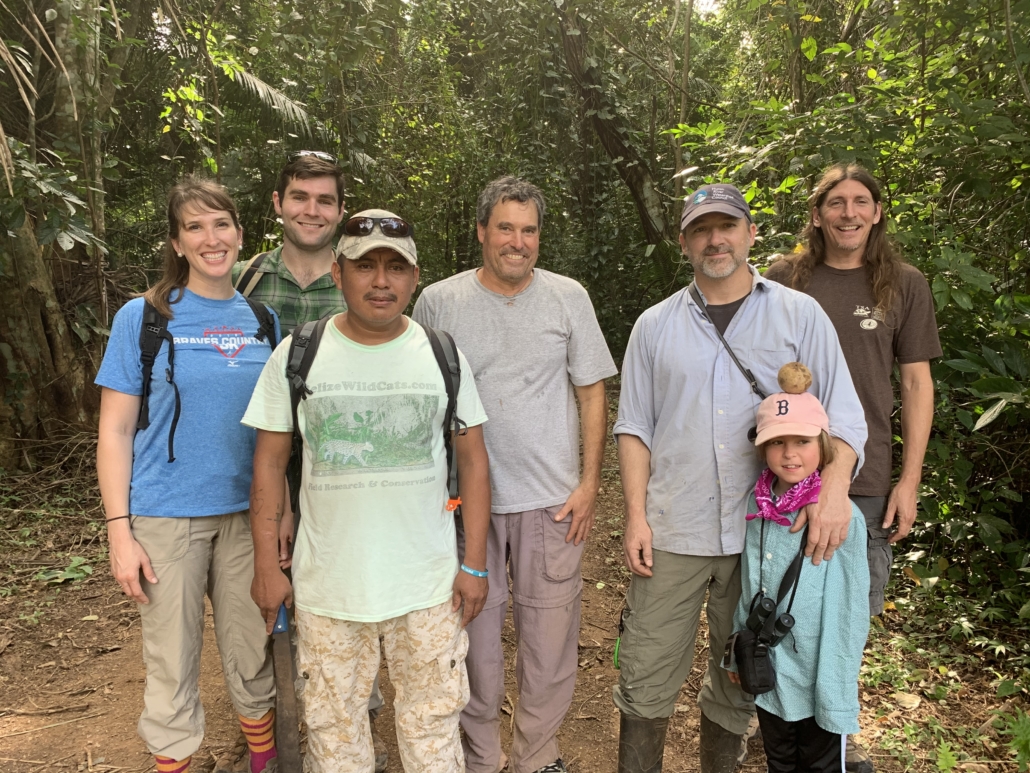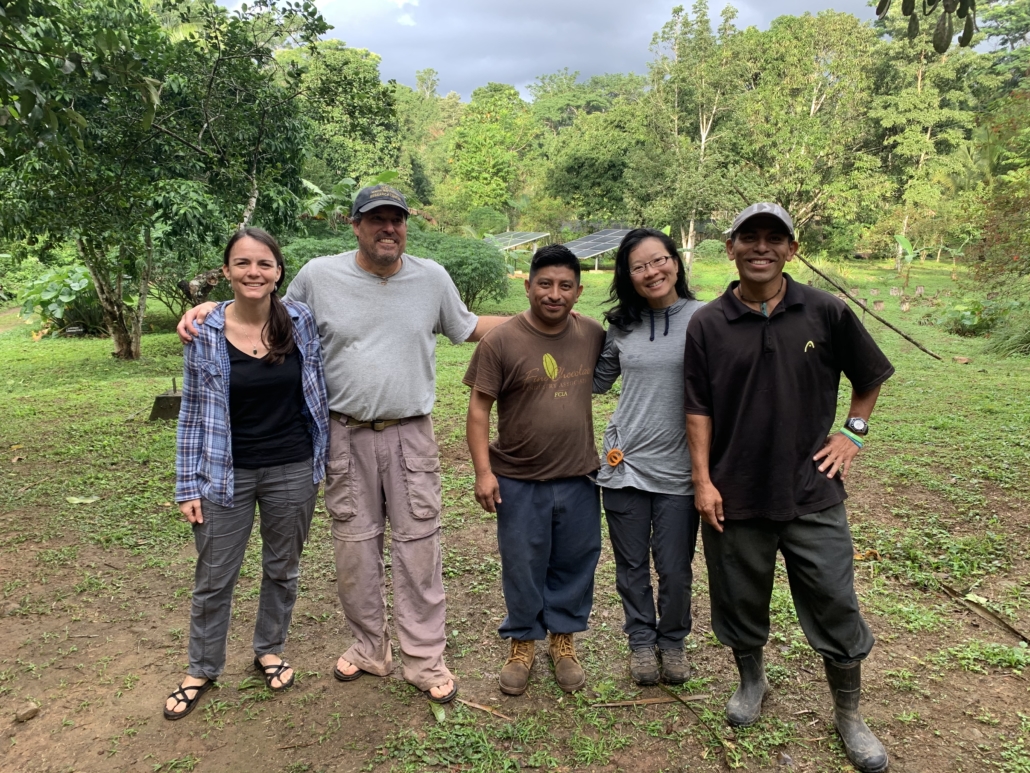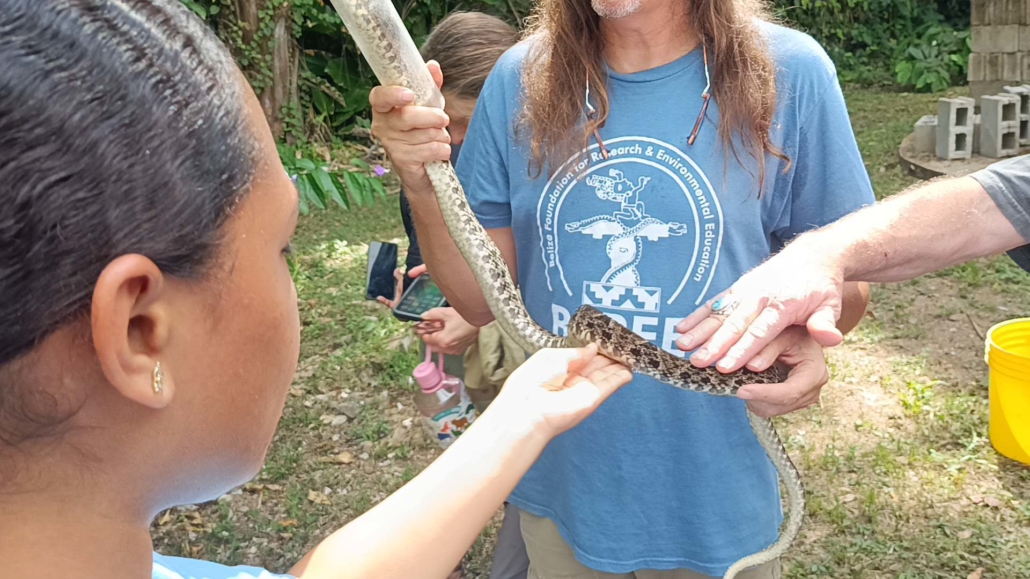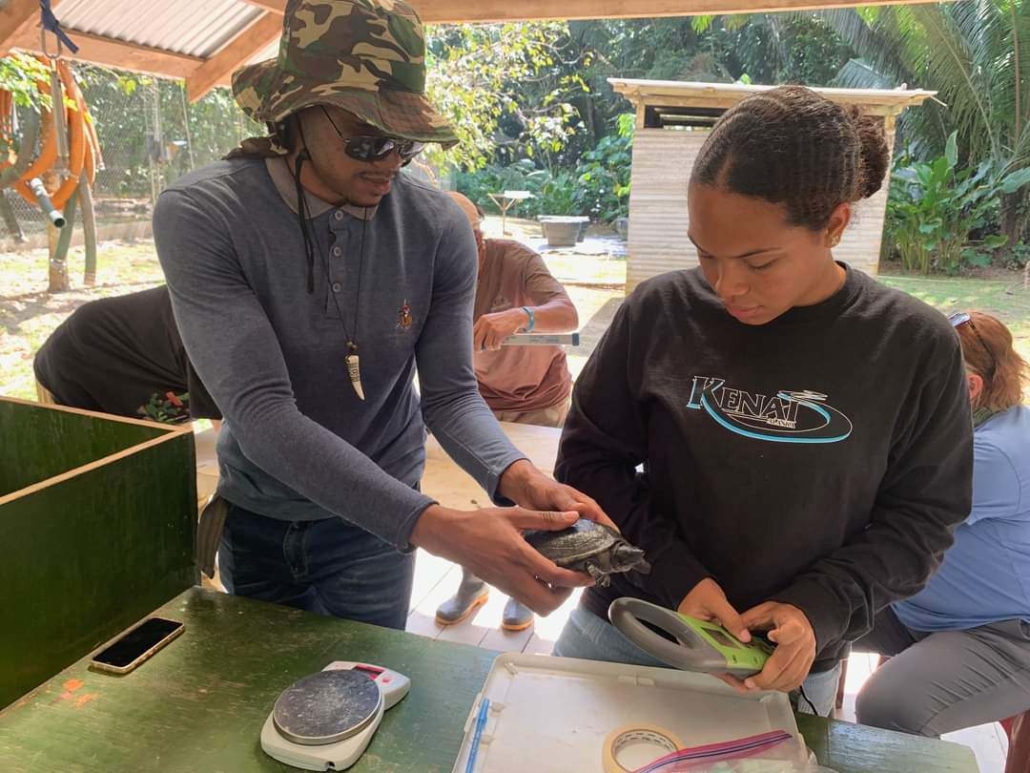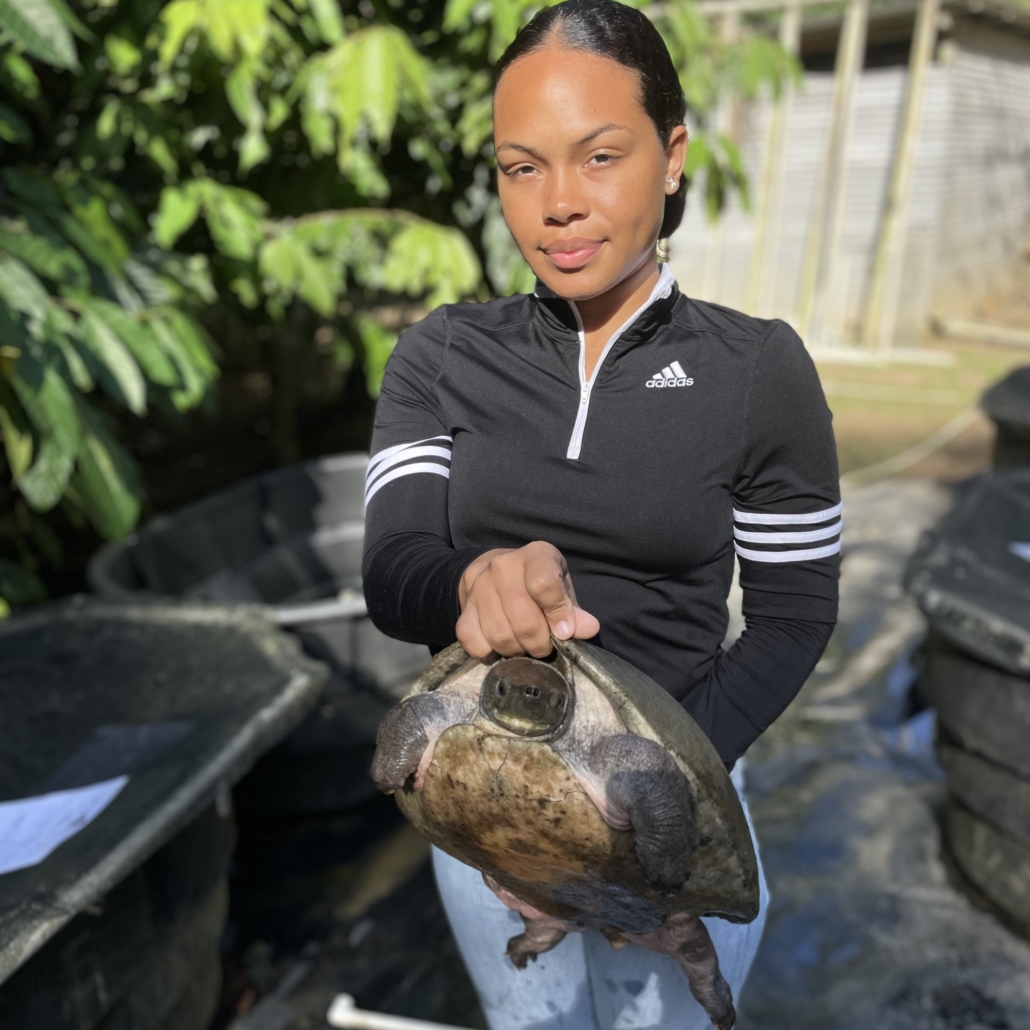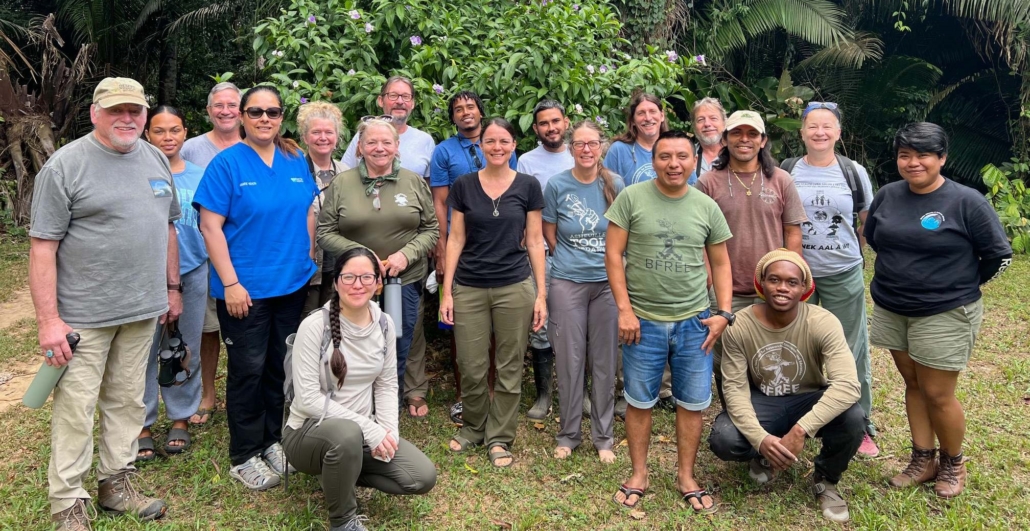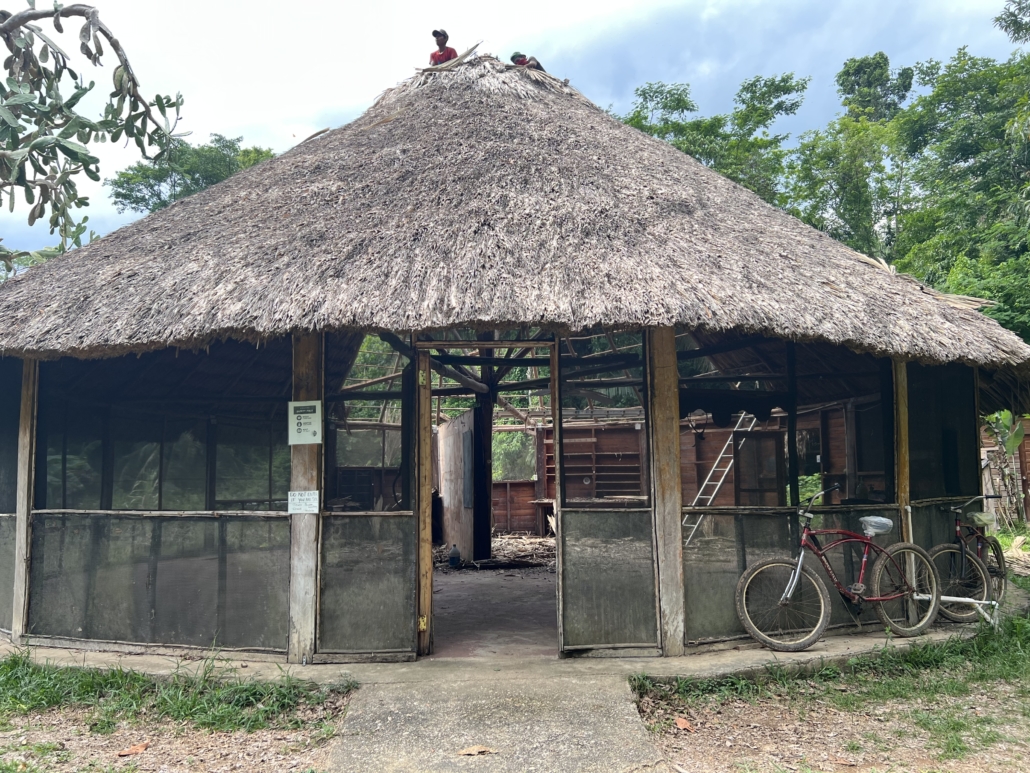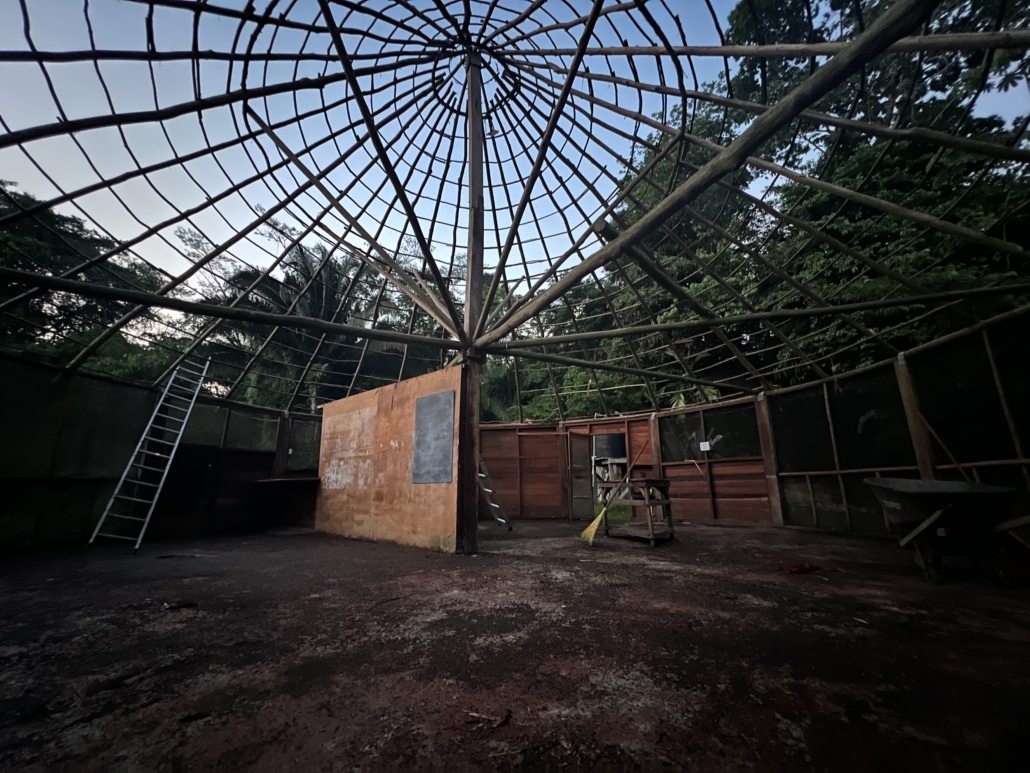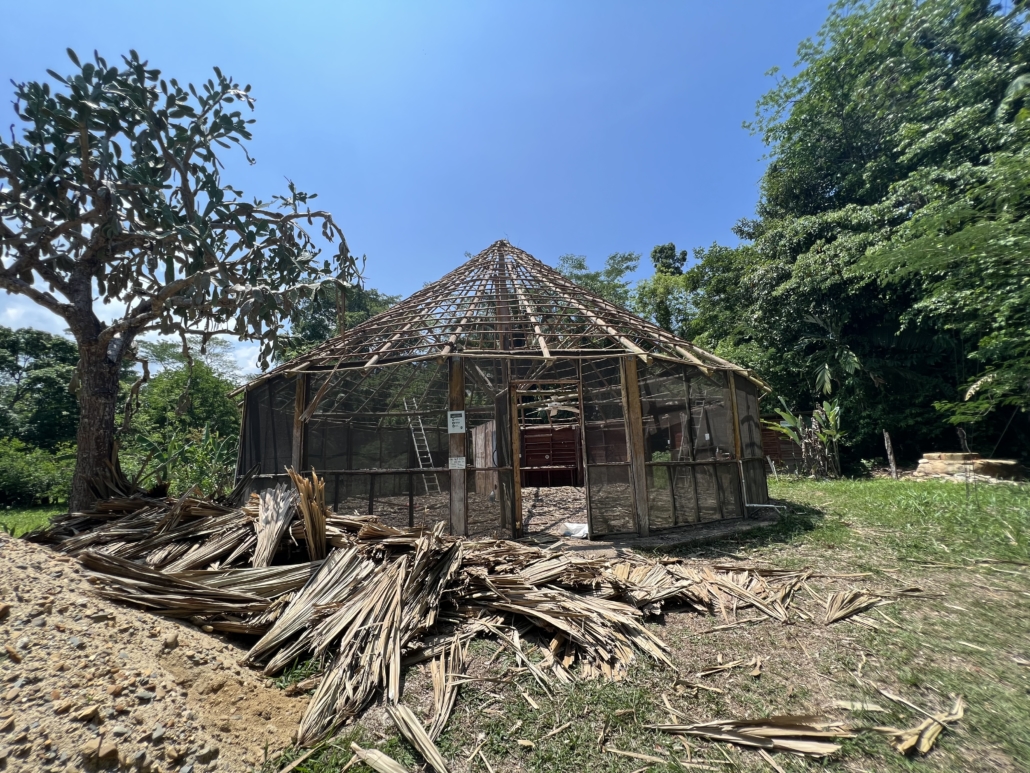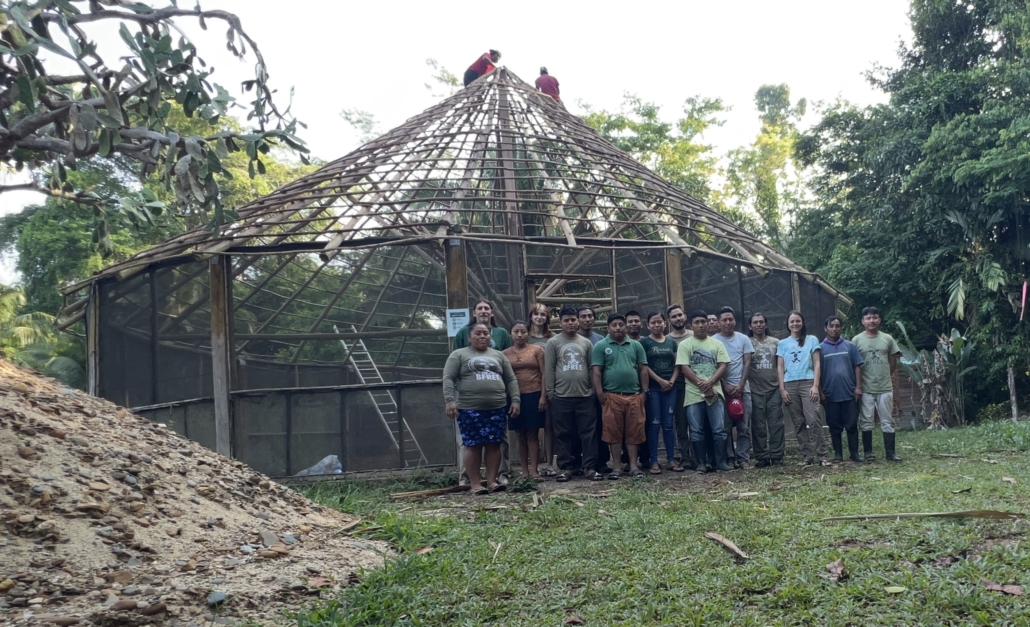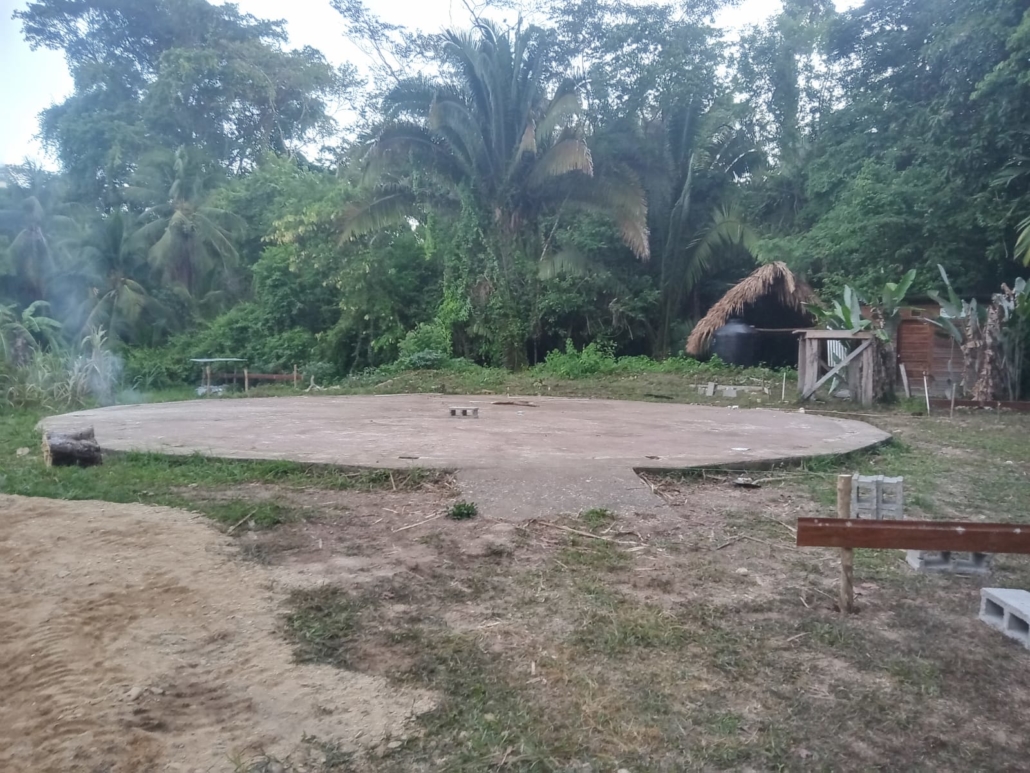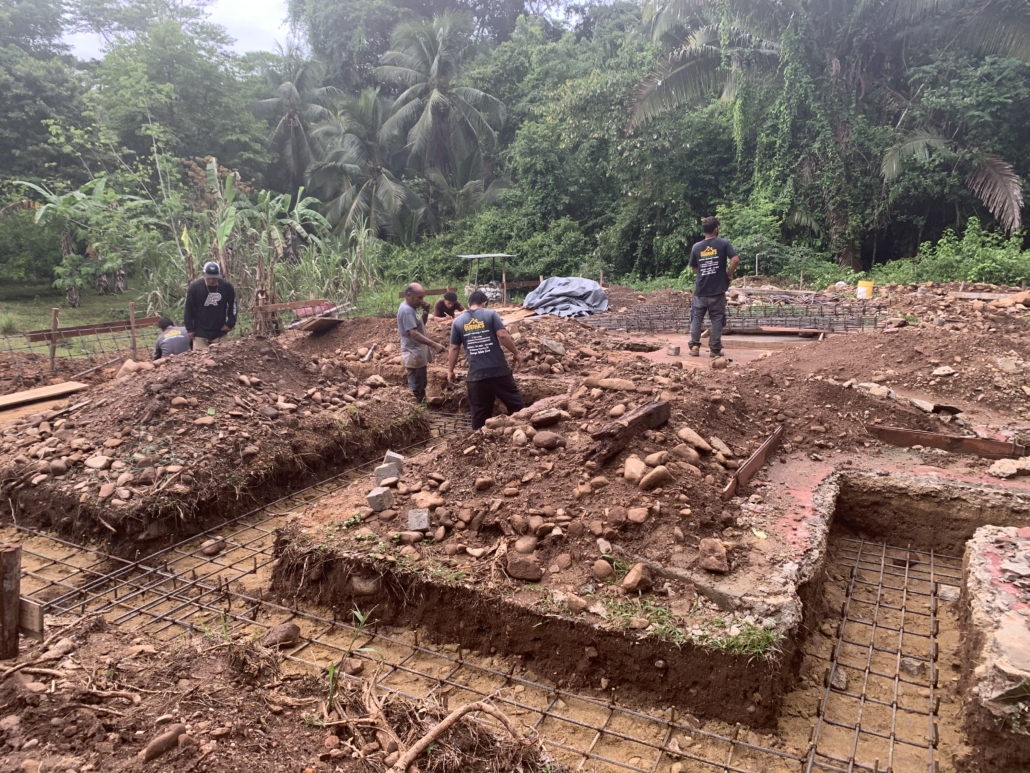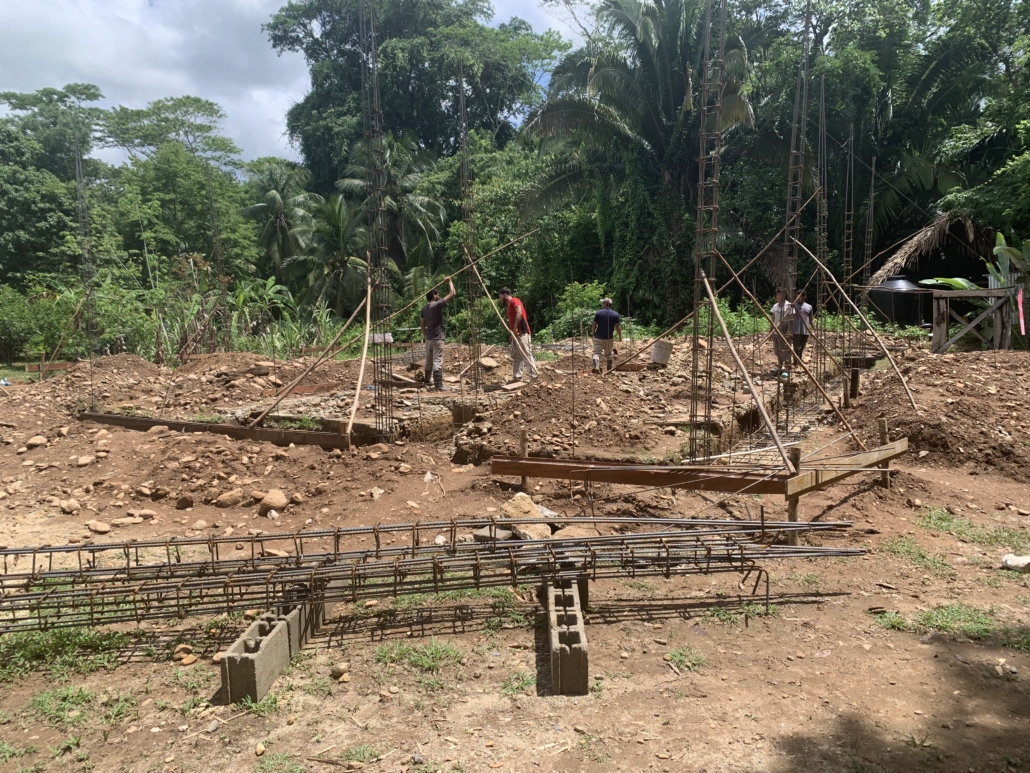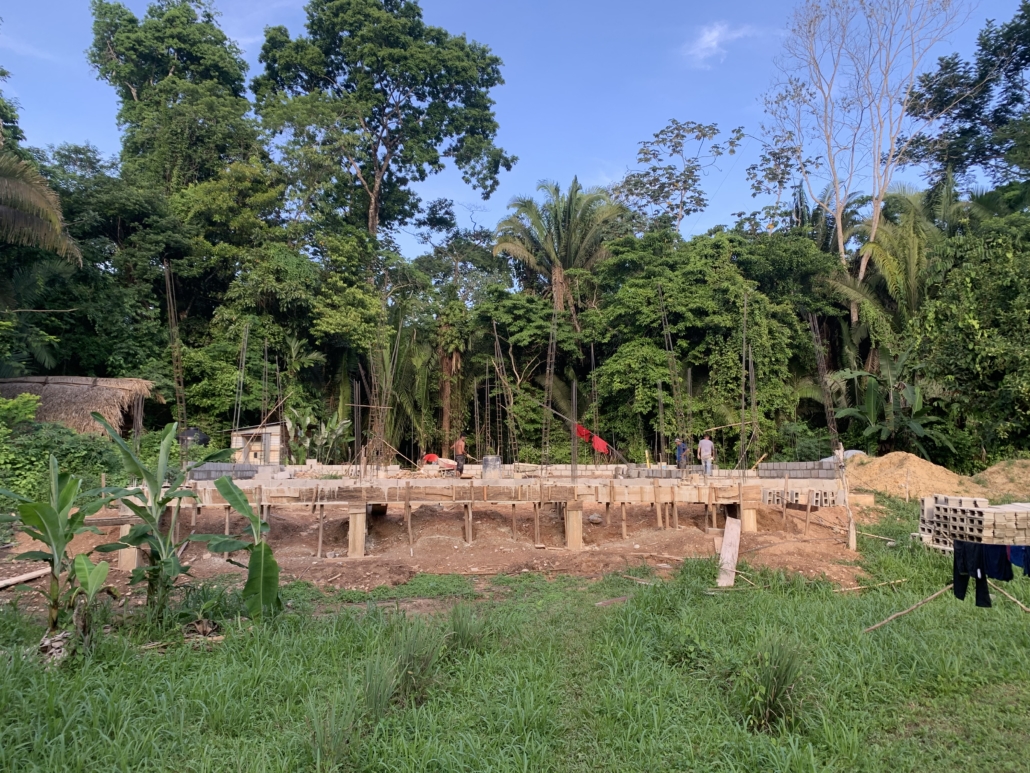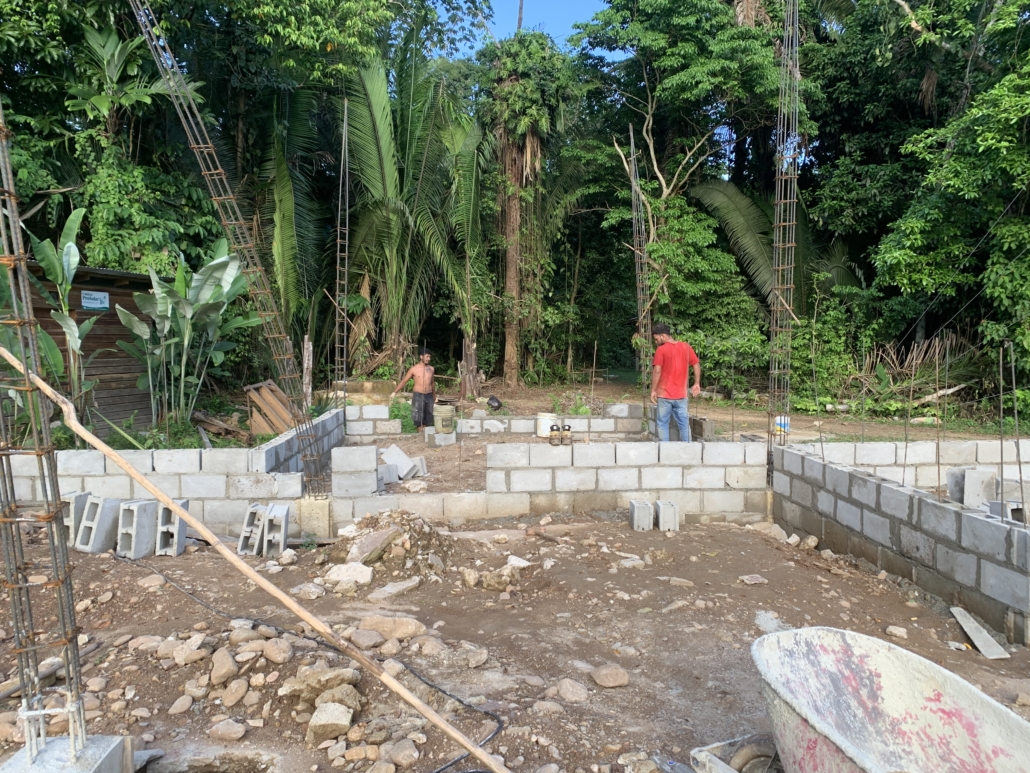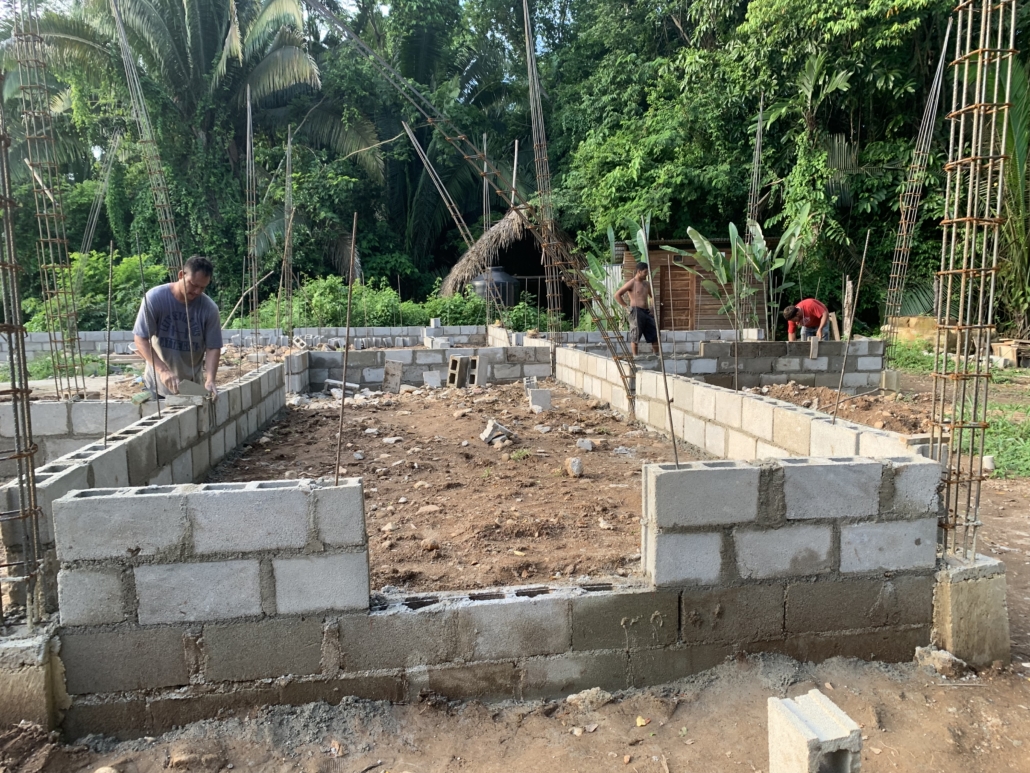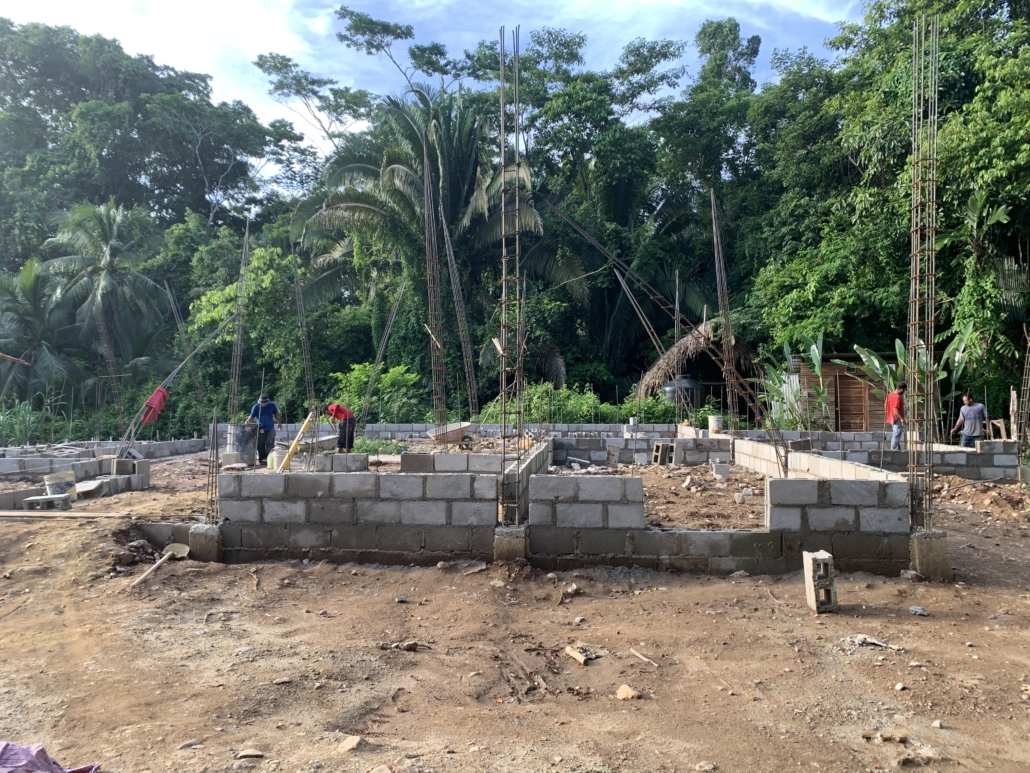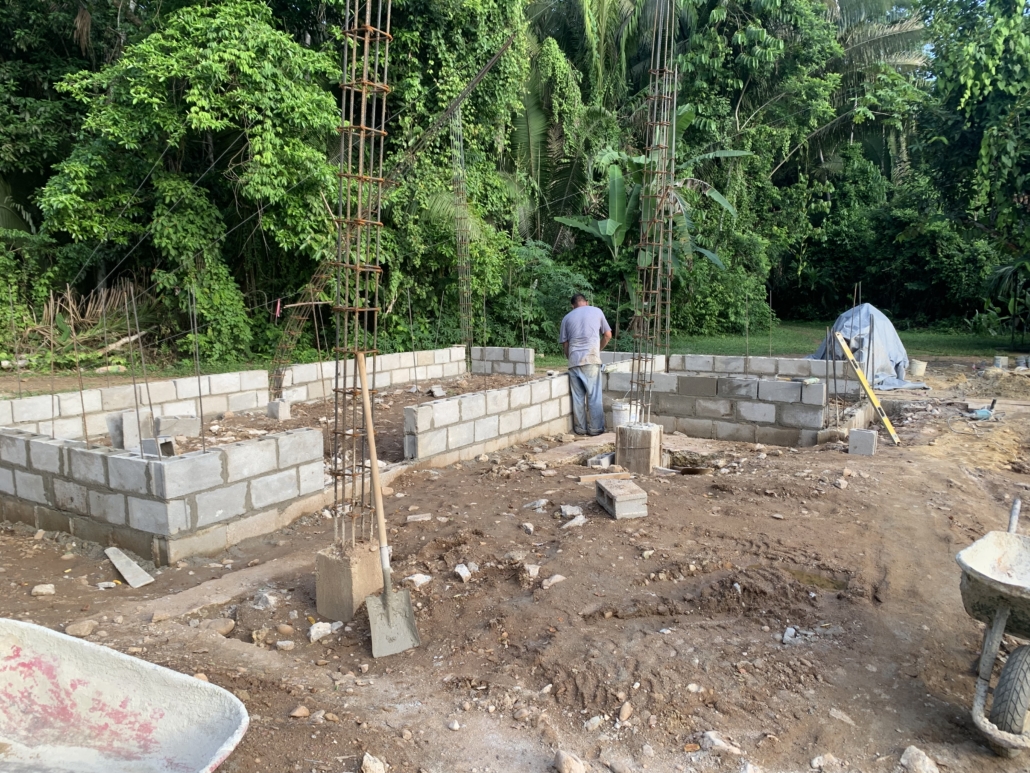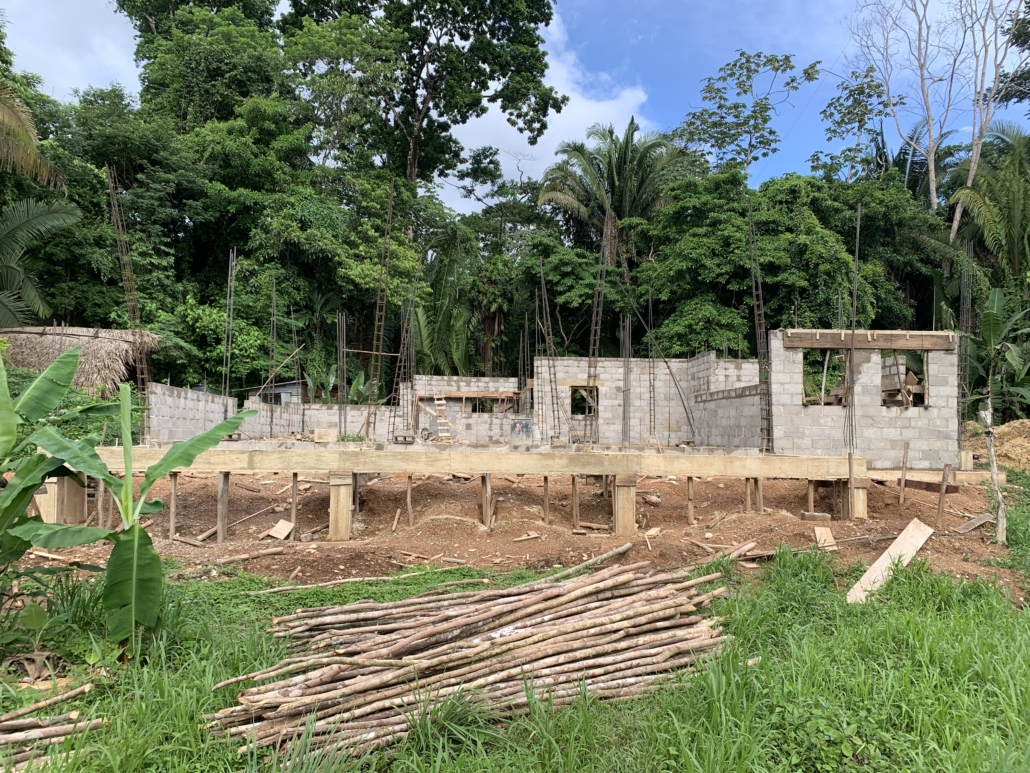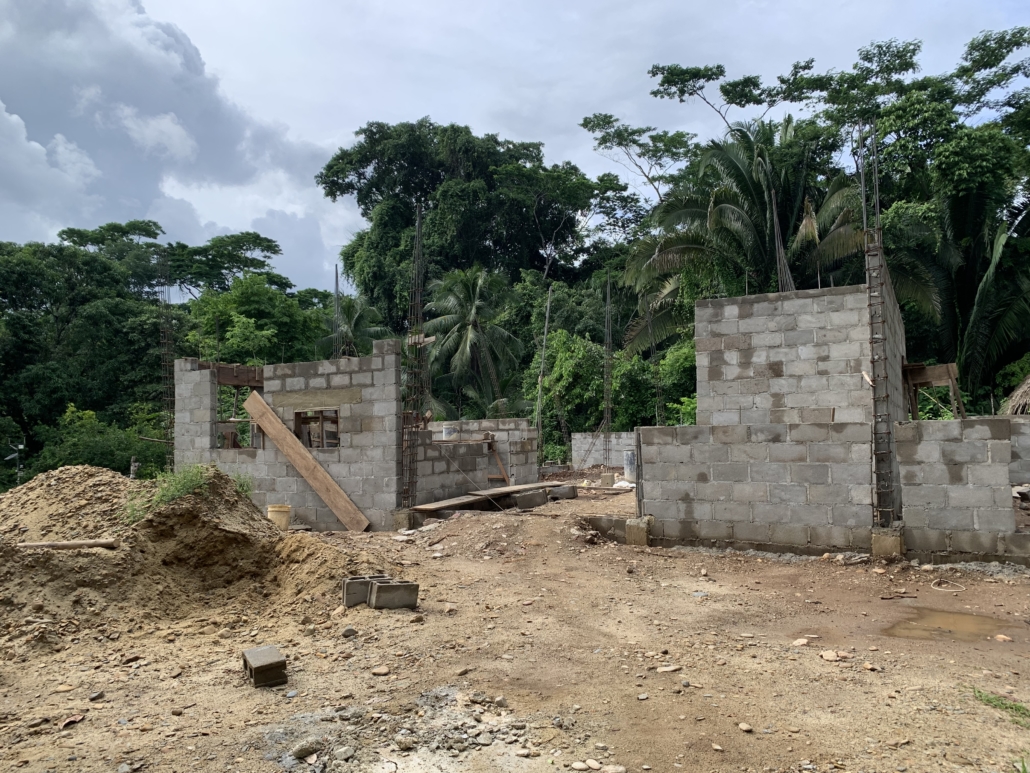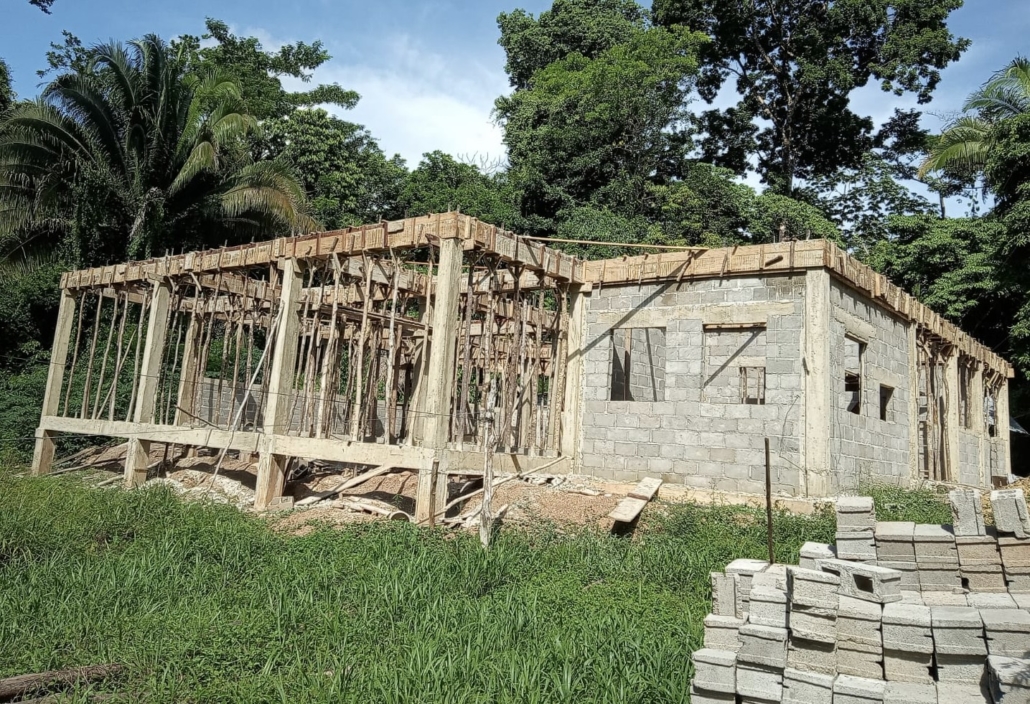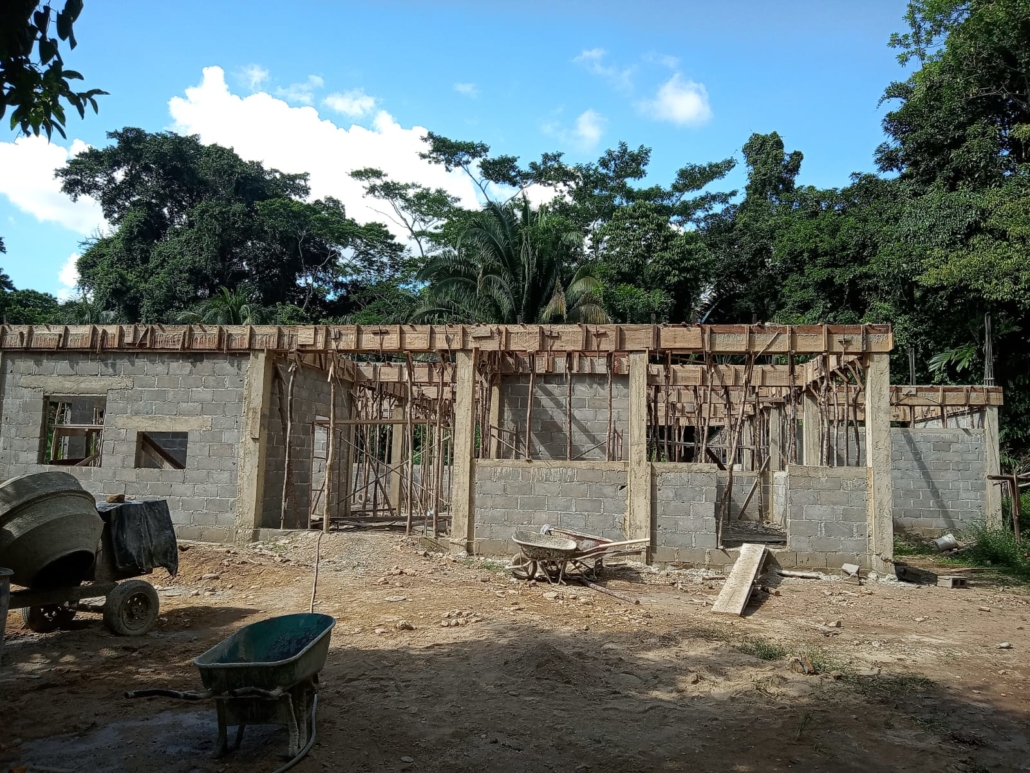Reptiles through the eyes of a newbie: Wanna Be Herpetologist
Reptiles at BFREE
At BFREE, a diverse range of reptiles thrive within its boundaries. I’ve been fortunate to encounter several species firsthand, from the slow-moving yet captivating turtles to the agile and vibrant lizards. My recent encounters with snakes have deepened my interest in these often misunderstood creatures, revealing the unique roles they play in this ecosystem. Each experience has broadened my appreciation for the rich biodiversity that BFREE safeguards and the importance of conservation efforts to protect these remarkable reptiles.
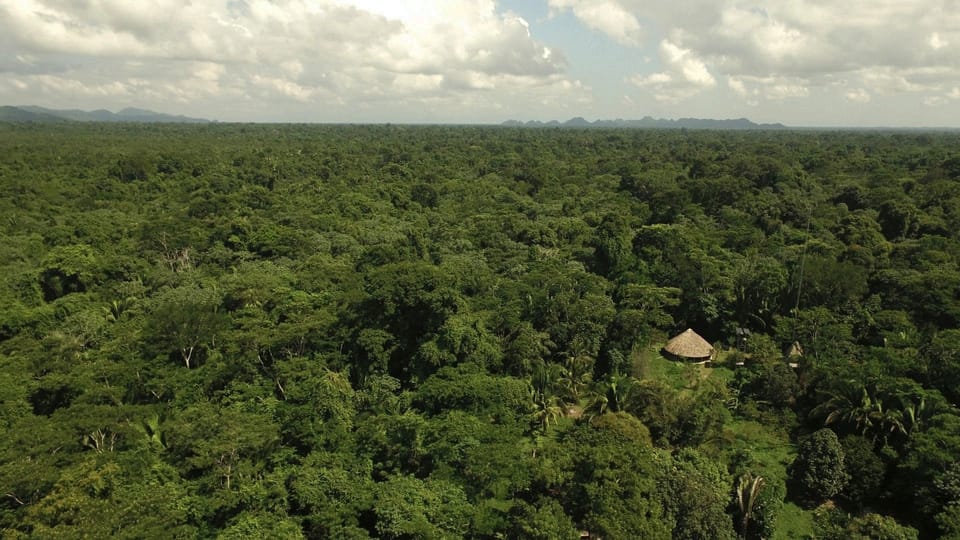
How I got interested
To be frank, I never had an interest in reptiles during my early days at BFREE. Instead, I was more captivated by the diverse trees within the tropical forest and the agroforestry aspects of cacao cultivation here. However, this changed in early July 2024, when a young and enthusiastic naturalist, and in my opinion, an amazing individual, Parker Gibbons, visited the BFREE headquarters.
I had the incredible opportunity to accompany him in catching and photographing some of the critters found at BFREE, particularly snakes. We encountered many beautiful specimens, but it was a Boa constrictor that truly sparked my fascination. Watching Parker handle the snake with
ease and enthusiasm, completely unafraid, inspired me to pursue the same path. Since then, I can often be found at BFREE, searching for snakes and other reptiles. I’ve even dedicated much of my time in the library, studying snakes and keeping track of the venomous ones to ensure I know which to avoid.
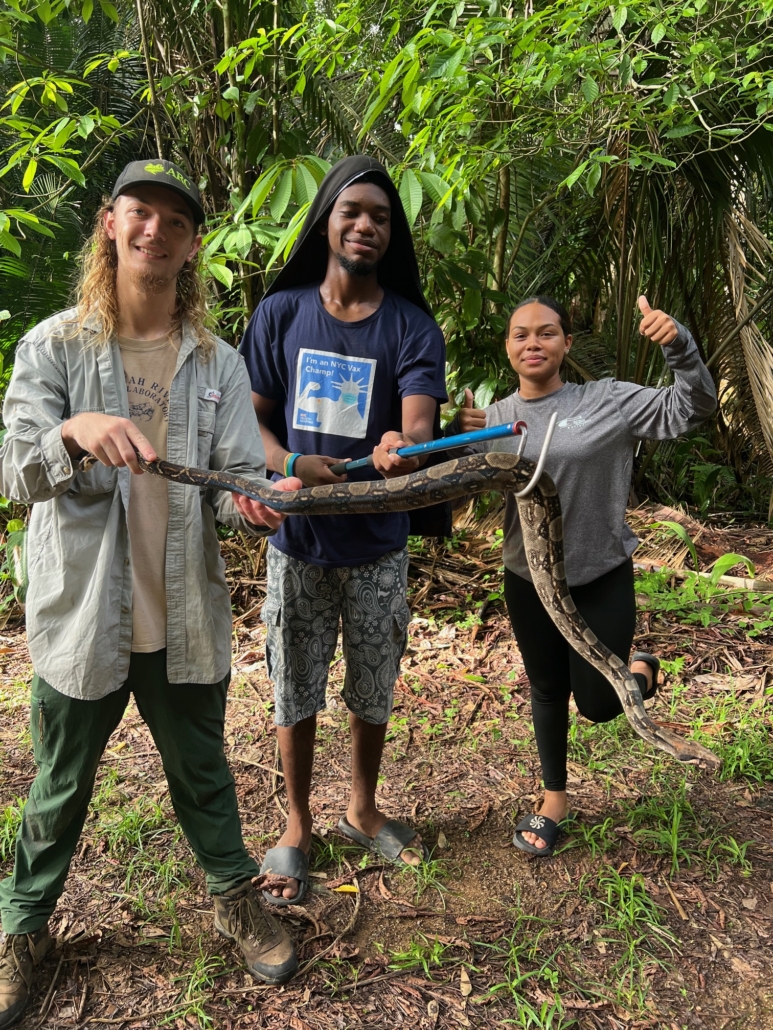
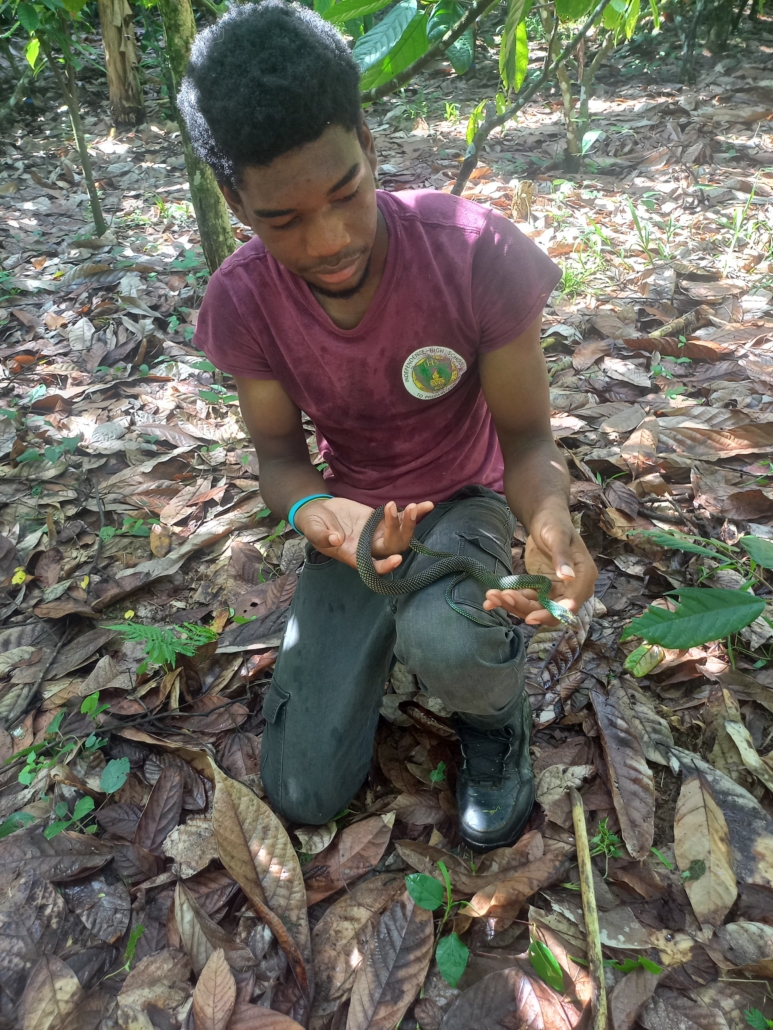
Respect these creatures!
While the excitement of encountering and handling snakes can be tempting, it’s important to remember that handling these creatures should only be done by those who are trained and knowledgeable. Mishandling snakes can cause them stress or injury, and in some cases, put you at risk. For those who aren’t experienced, it’s best to admire these fascinating reptiles from a distance. Instead of picking them up, consider capturing their beauty through photos or videos, and always respect their space.
Remember, snakes are an essential part of the ecosystem, and they deserve to be observed, not harassed!
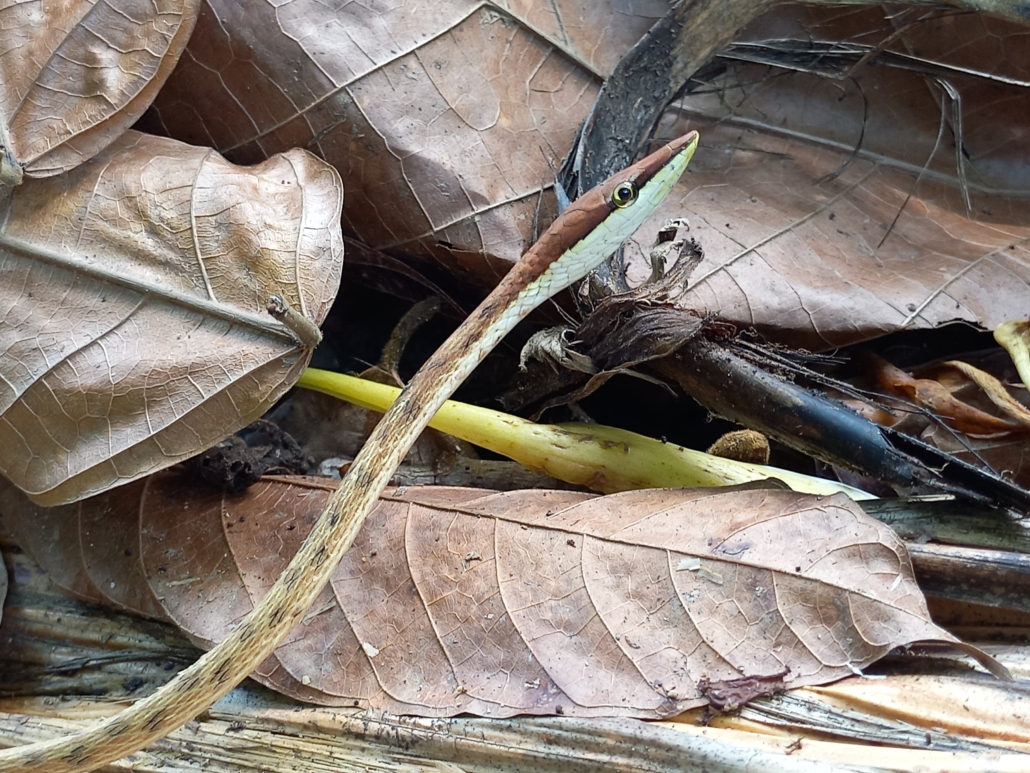
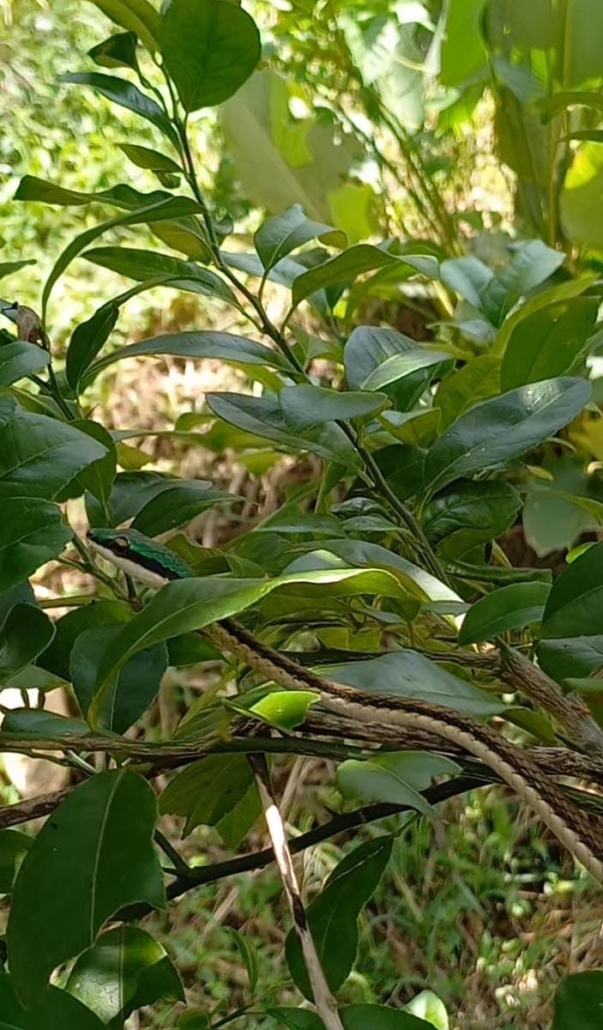
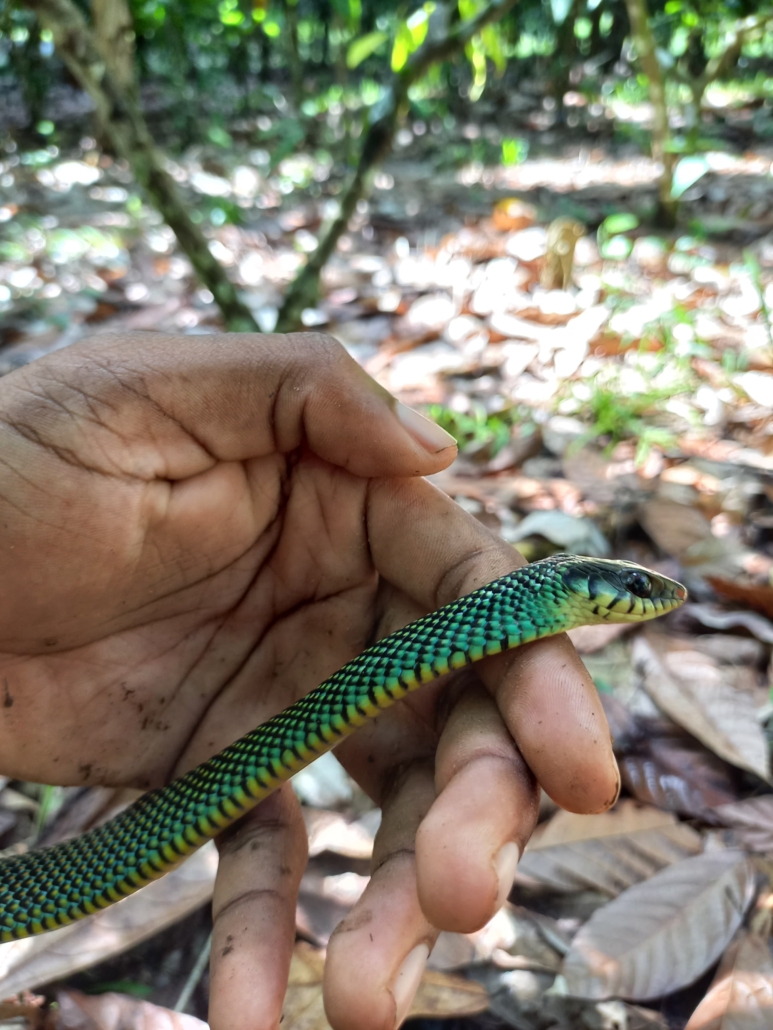
List and images of the snakes I’ve encountered:
This newfound passion has led me to moments of personal pride as I’ve successfully found and handled snakes on my own, using a handmade tool. Some of the species I’ve encountered include:
Speckled Racer (Drymobius margaritiferus)
The Speckled Racer is a non-venomous snake known for its vibrant coloration, featuring black scales with white or yellow spots that give it a speckled appearance.
Cat-eyed Snake (Leptodeira annulata) The Cat-eyed Snake is a nocturnal snake. relatively small and has a brown color with black markings around its body.
Coffee Snake (Ninia sebae)
The Coffee Snake is a small, non-venomous species with a dark brown or coffee-colored body. This snake is often found in leaf litter and moist environments around BFREE.
Boa Constrictor (Boa constrictor)
A well-known large snake, the Boa Constrictor is a non-venomous snake that uses powerful muscles to suffocate prey, wrapping around them and later consuming them.
Brown Vine Snake (Oxybelis Aeneus)
The brown vine snake is a slender, non-venomous snake. It has a brown, elongated body and uses its unique tail to navigate through shrubs and trees.
